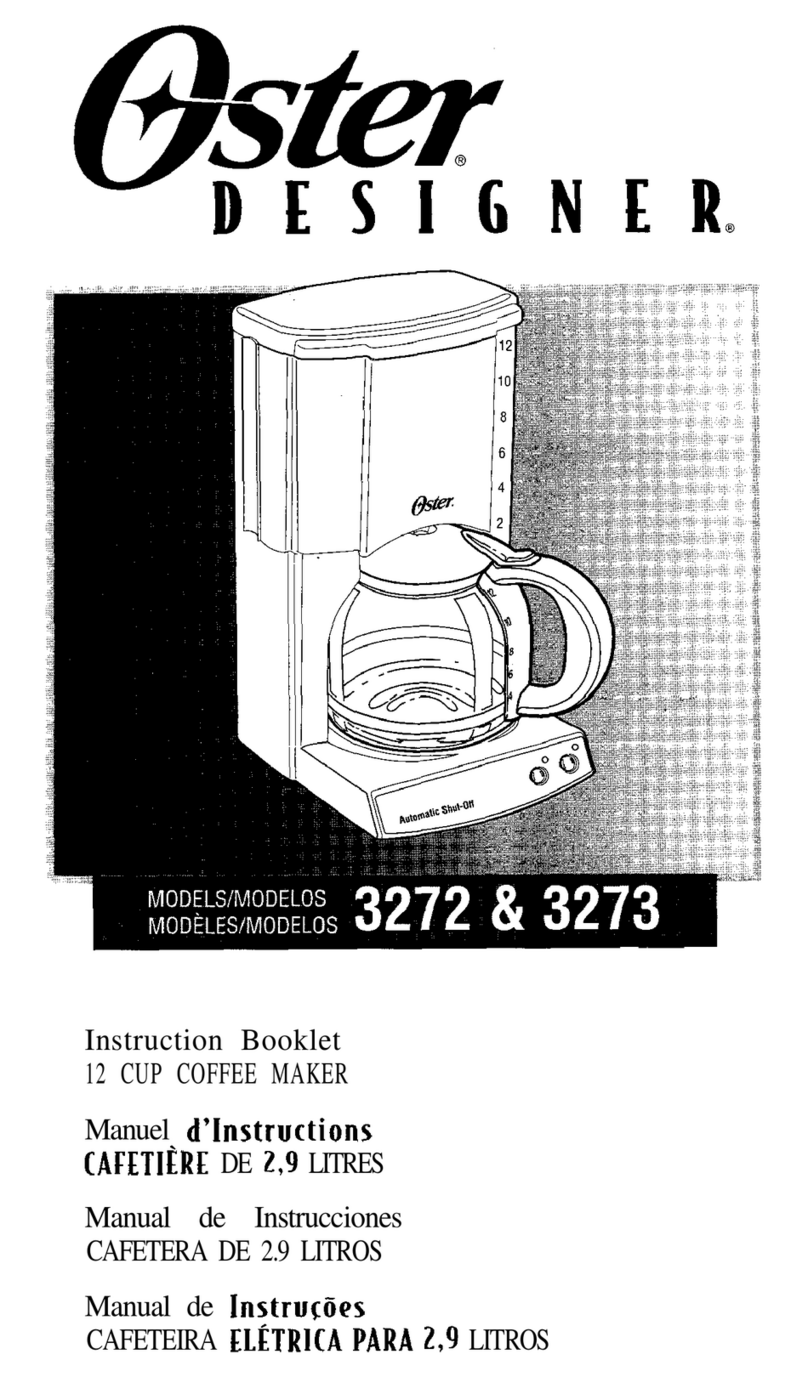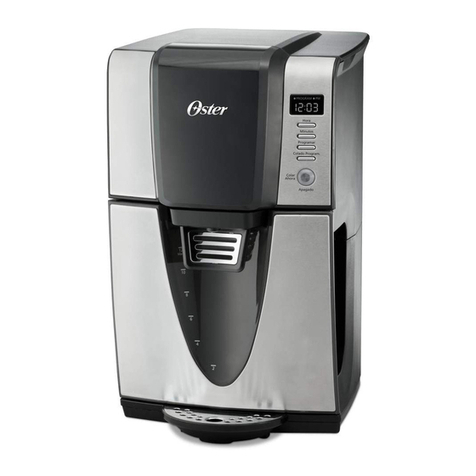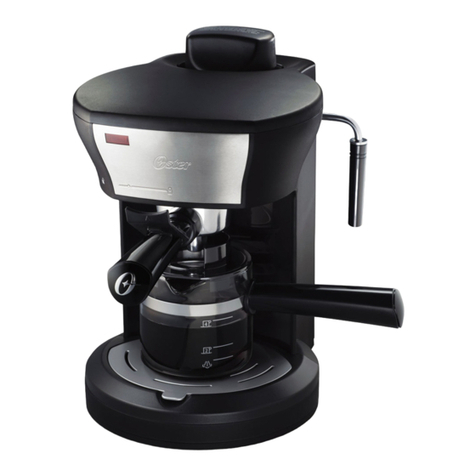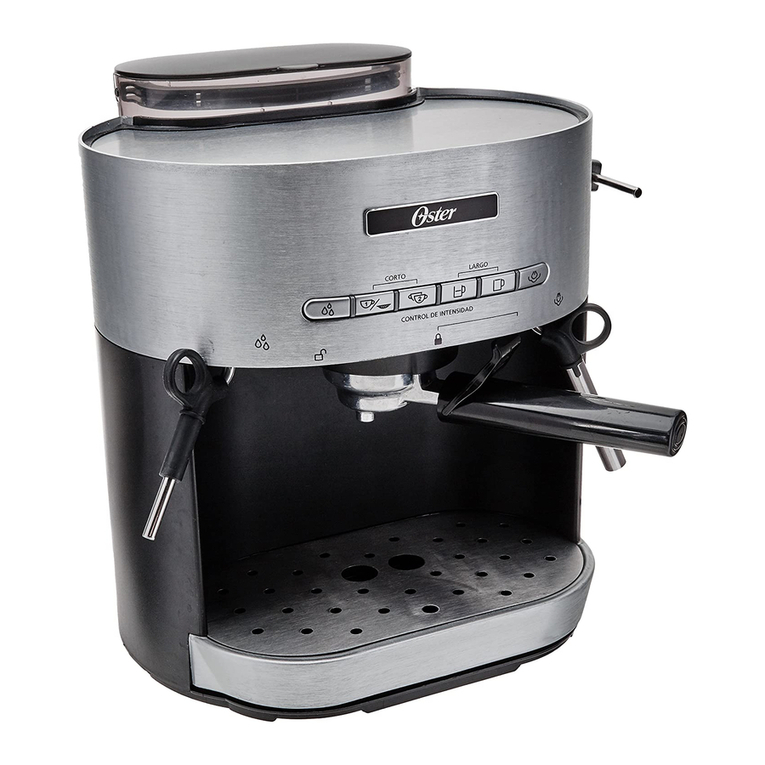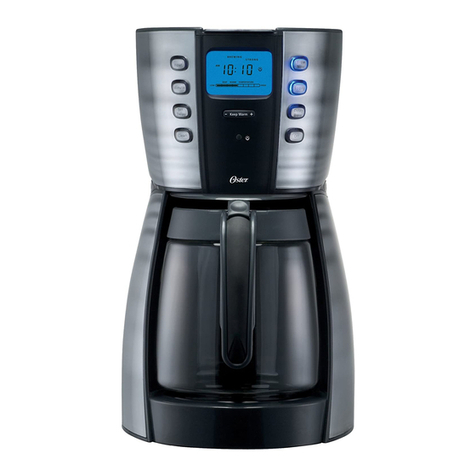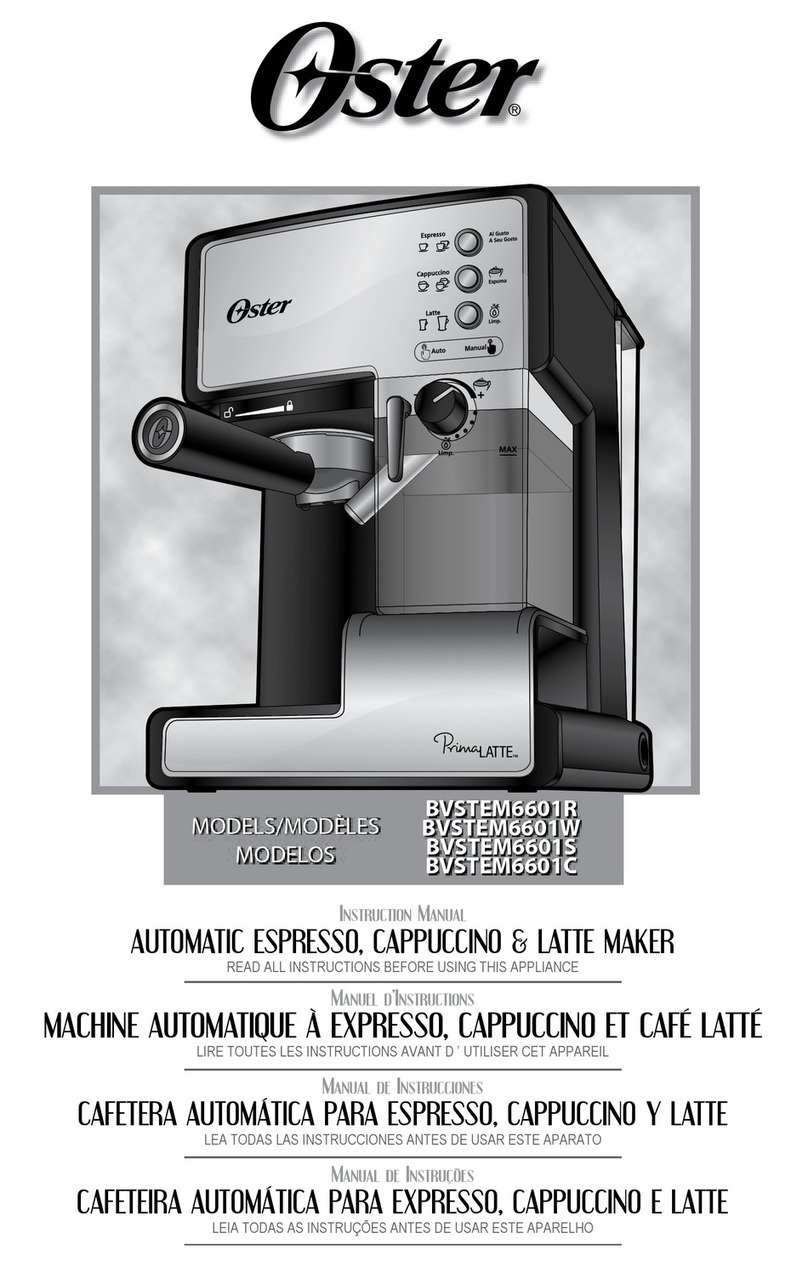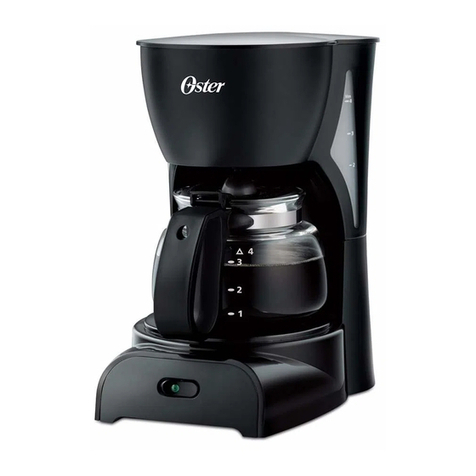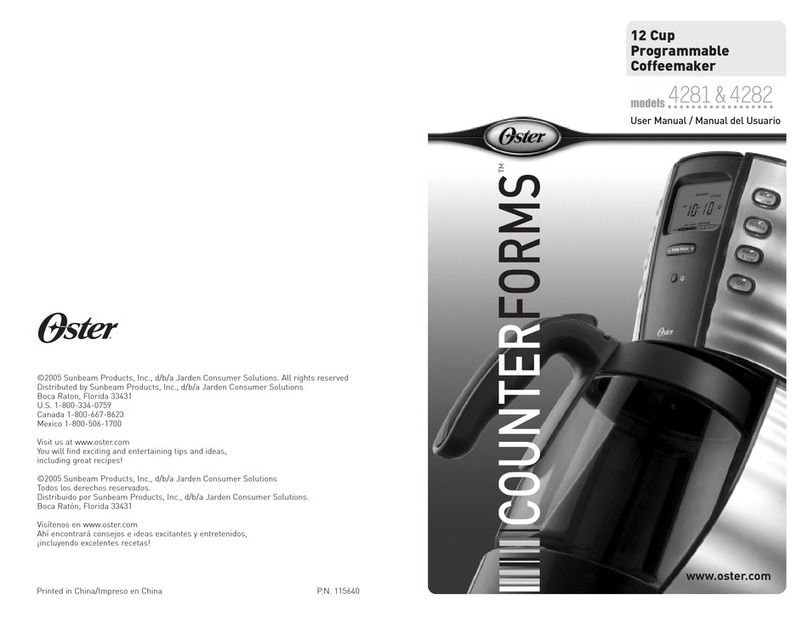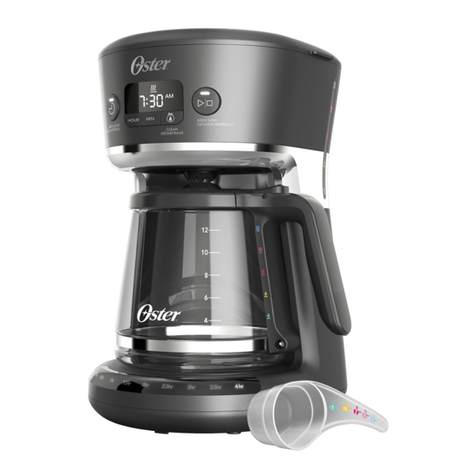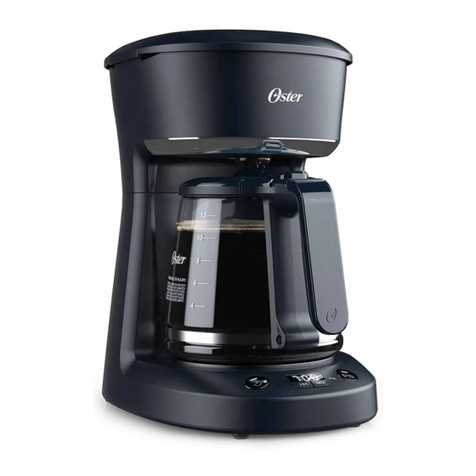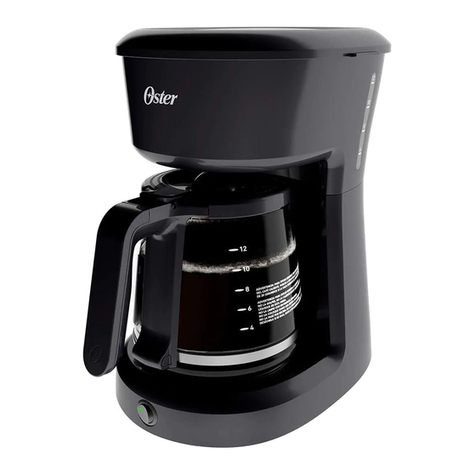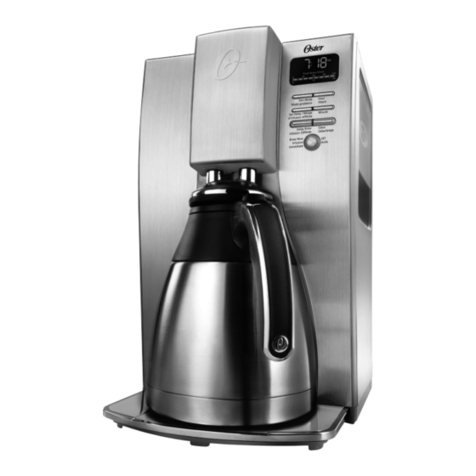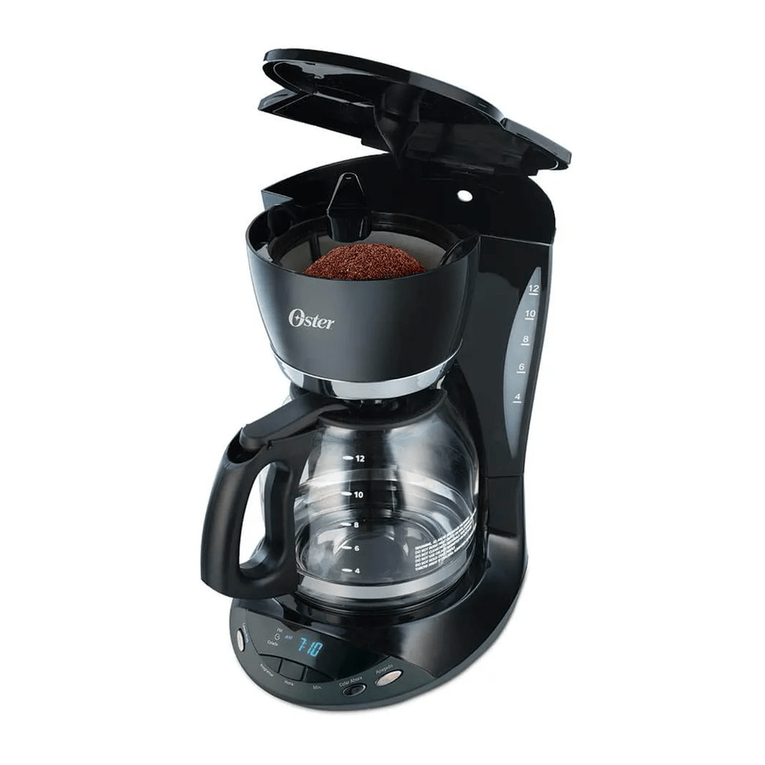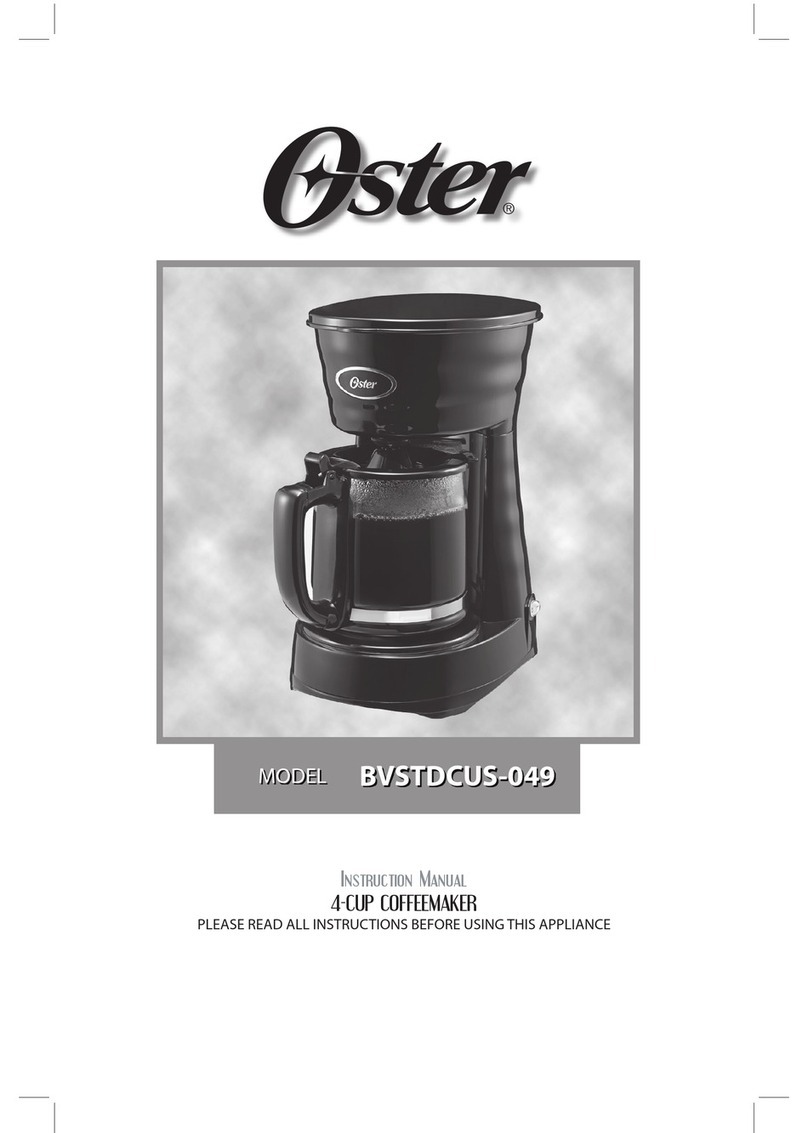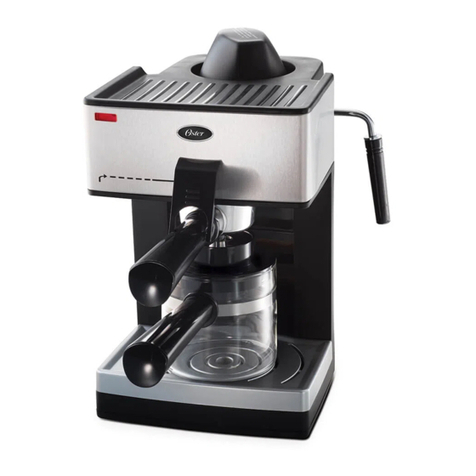
English-1
IMPORTANT SAFEGUARDS
When using electrical appliances, basic safety precautions should always be followed to
reduce the risk of re, electric shock, and/or injury to persons including the following:
1. Read all instructions.
2. Do not touch hot surfaces. Use handles or knobs.
3. To protect against electric shock, do not place or immerse cord, plugs, or appliance
in water or other liquid. Avoid spilling water on the connector.
4. This appliance can be used by children aged from 8 years and above or by persons
with reduced physical, sensory, or mental capabilities or lack of experience and
knowledge if they have been given supervision or instruction concerning use of
the appliance in a safe way and understand the hazards involved. Cleaning and
user maintenance shall not be made by children unless they are older than 8 and
supervised. Keep the appliance and its cord out of reach of children aged less than 8
years. Children shall not play with the appliance.
5. Unplug from outlet when either the appliance or display clock (if provided) is not
in use, and before cleaning. Allow to cool before putting on or taking off parts, and
before cleaning the appliance.
6. Do not operate any appliance with a damaged cord or plug or after the appliance
malfunctions, or has been damaged in any manner. Return appliance to an
Authorized Service Center for examination, repair or adjustment. Do not attempt to
replace or splice a damaged cord.
7. The use of an accessory not recommended by the appliance manufacturer for use
with this appliance may result in re, electric shock or injury to persons.
8. Do not use outdoors.
9. Do not let cord hang over edge of table or counter, or touch hot surfaces.
10. Do not place on or near a hot gas or electric burner, or in a heated oven.
11. Always attach plug to appliance rst, then plug cord into the wall outlet (for
appliances with detachable cords). To disconnect, turn any control to the off position,
then remove plug from wall outlet.
12. Do not use appliance for other than intended use. Misuse can cause injuries. Always
use appliance on a dry, stable, level surface. Never ll beyond the MAX ll line when
a MAX ll line is provided.
13. All lids should be closed during use.
14. Scalding may occur if the lid is removed or brew basket door is opened during or
immediately after the brewing cycles. Contents may be hot. Allow to cool before
opening the lid.
15. The heating base and heating element is subject to residual heat following a brewing
cycle. Do not touch heating base or heating element immediately after a brewing
cycle. Allow to cool before handling.
16. Do not place the appliance in a cabinet when in use.
For appliances with glass containers:
17. The container is designed for use with this appliance. It must never be used on a
range top.
18. Do not set a hot container on a wet or cold surface.
19. Avoid sudden temperature changes, such as rinsing, washing, lling, or immersing a
hot container with cold liquids.
BVSTDC12_20SEM1 (LA).indd 1BVSTDC12_20SEM1 (LA).indd 1 3/18/20 15:353/18/20 15:35

